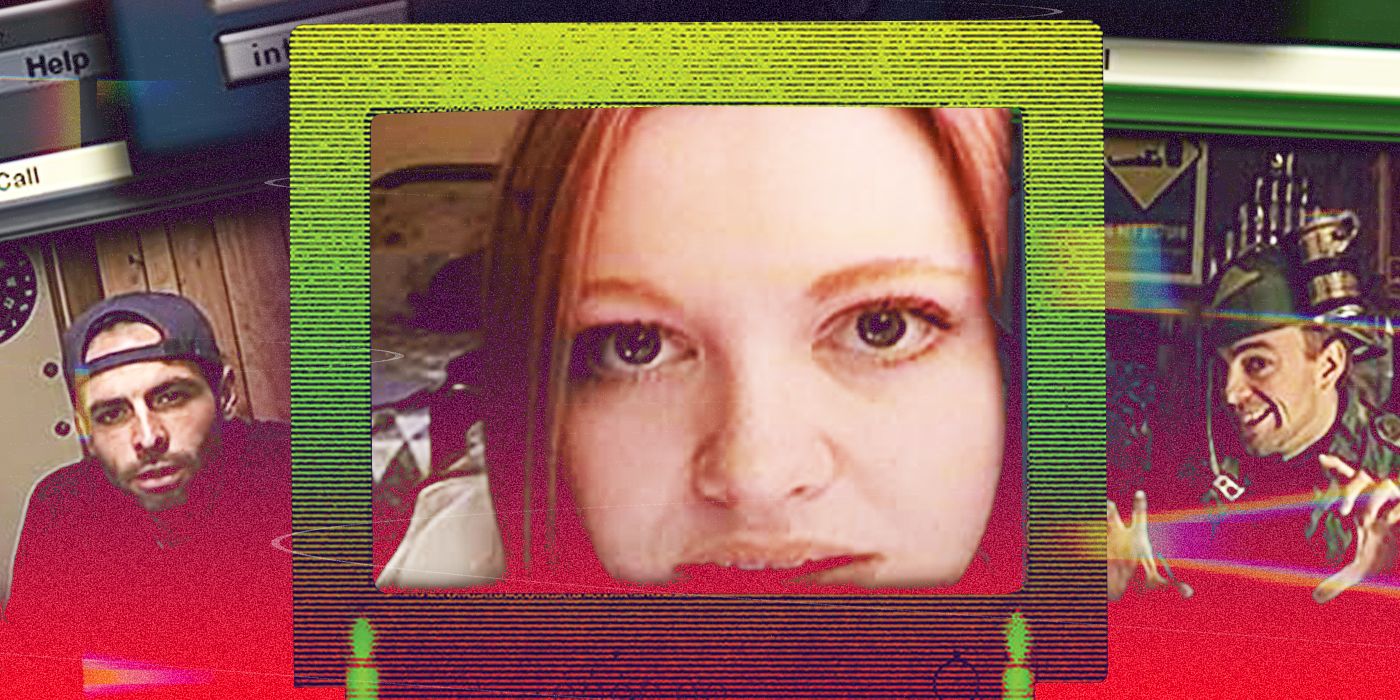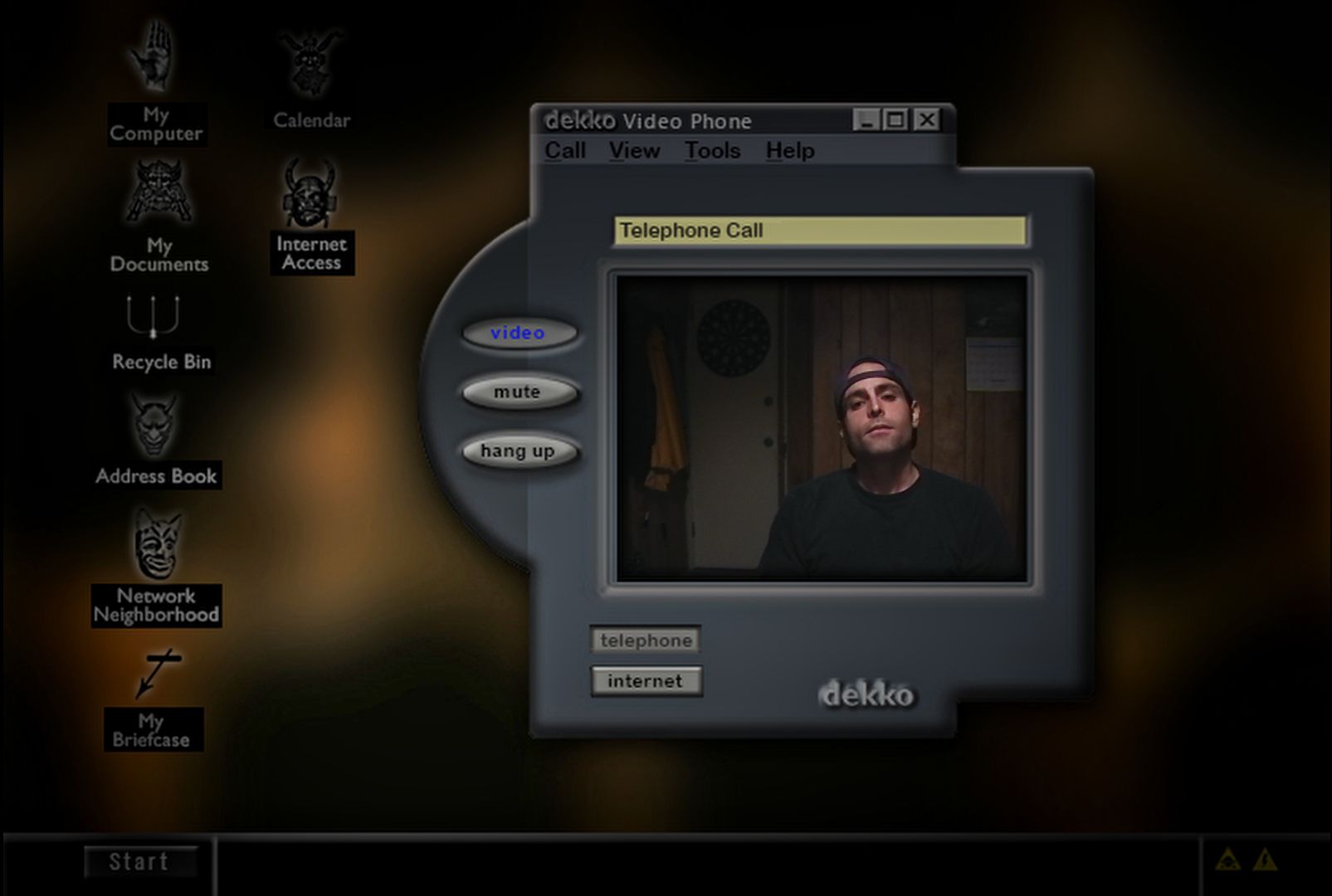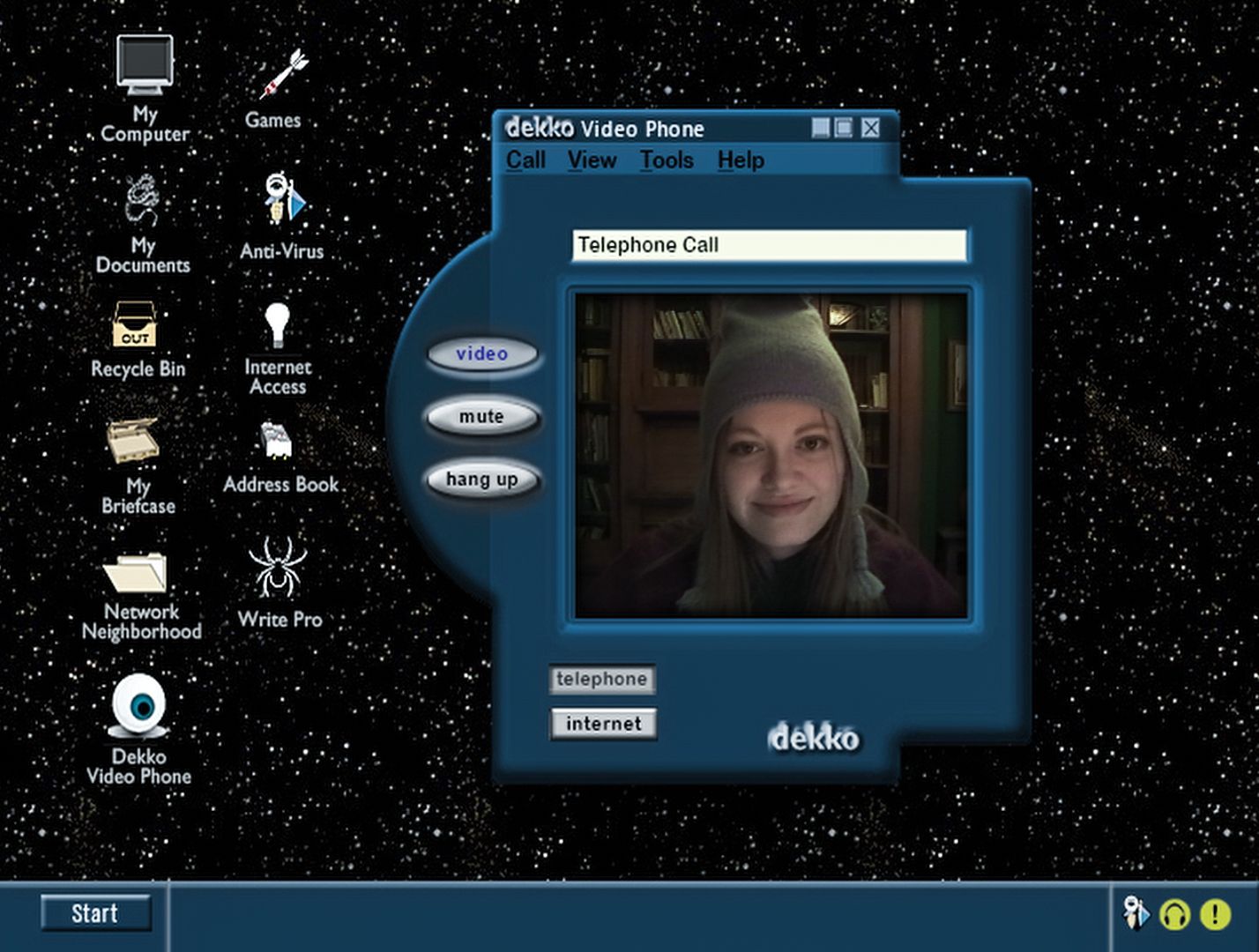After the unfathomable success of found-footage horror movie The Blair Witch Project in 1999, this new type of visual storytelling became a frequent experiment for horror directors. Many found-footage horror movies tried replicating its success with the results being mostly underwhelming. After a string of early-2000s horrors were criticized for being too generic and tiresome, audiences craved something unique to be added to the subgenre. With the growing popularity of the internet as well as advancements in technology, a new type of found-footage horror emerged, better known today as screenlife movies.
What are Screenlife Movies?
Not strictly limited to the horror genre, a screenlife movie takes place entirely on a screen, whether that be a computer, phone, or tablet. One of the best remembered examples of this came in 2014 with the horror movie Unfriended, a supernatural screenlife scarefest which unfolds entirely on a MacBook. It sees a group of teenagers casually talk on Skype before strange things start to occur, which relate to a student who recently committed suicide. While the success was not quite as outstanding as The Blair Witch Project or Paranormal Activity, it was still hugely impressive and, to this day, it is still credited for kickstarting interest in the screenlife subgenre. Similar success was seen with its sequel Unfriended: Dark Web, and since then screenlife horror movies like The Den, Host, Spree, and Searching have been well-received by audiences – the latter of which was especially acclaimed, with a sequel, Missing, on the way. However, as significant as Unfriended was in popularizing the screenlife movie, it was not the first of its kind. In fact, it was far from it, as the first screenlife horror movie came twelve years earlier with The Collingswood Story.
The First Screenlife Movie Was 'The Collingswood Story'
Although The Collingswood Story was released on DVD in 2002, it garnered more attention three years later in 2005 when it played at a variety of film festivals, including Frightfest. It was following these screenings at festivals where the movie started to amass some fans who were particularly praiseful of its inventiveness. It was made during a time when video chat sites were a fairly new concept and the way the movie crafts its scares through the screen was particularly impressive. As a result, it collected several awards at these festivals, but still slipped under many people’s radars. When Unfriended came along and popularized screenlife horror, The Collingswood Story was hardly even in the conversation despite being a pioneer in the subgenre. Upon watching many of the modern screenlife horror movies, it is tremendously apparent that each of them owe a lot to The Collingswood Story from the perspectives of visuals, plots, and character types. Screenlife movies almost always center on teenagers for their typically excessive use of phones and tablets. The worldwide obsession with social media is not heavily touched upon in The Collingswood Story as it was made in a very different world to the one we know today. However, it remains way ahead of its time in many other ways.
What Is 'The Collingswood Story' About?
The expectedly limited cast is led by Stephanie Dees and Johnny Burton as Rebecca and Johnny, a couple in college who talk through a webcam to maintain their long-distance relationship. The couple eventually come in contact with a mysterious online psychic called Vera Madeline (Diane Behrens) which sets in motion a number of unexplained, supernatural occurrences on both ends of their call. Behrens’ performance ranges from chilling to cheesy which terrifically portrays the uncertainty of the character. Vera’s appearance is inordinate, and the way her behavior gets increasingly odd makes her suspicious. Each time she is onscreen, she is in a dimly lit room and wears thick sunglasses which keep her identity somewhat concealed. She behaves differently too, either acting like an intense psychic who would never break character in front of clients, or someone who is flippant towards the supernatural. The uncertainties which surround the character builds to an unexpected, horrifying revelation. Similarities can be seen between Vera and the character Seylan (Seylan Baxter) from Rob Savage’s Host. Although Savage has never spoken about The Collingswood Story as an inspiration, Seylan certainly feels like a toned-down version of Vera and their roles of online psychics have similarly disastrous results. Aesthetically, Host looks very much like an updated version of The Collingswood Story on modern video call software.
The Collingswood Story’s writer and director Michael Costanza had previously made short films and music videos. In 1993, he directed Mama Said, a short crime drama about race relations in 1960s America which was nominated for the Short Film Palme d’Or at the 1993 Cannes Film Festival. He began production on The Collingswood Story in 2000, years before video conferences and chat sites were common. In an early scene, Johnny gifts Rebecca a webcam so they can maintain their long-distance relationship and Rebecca in particular is surprised by the software’s capabilities. She is also confused by how everything works and Johnny reassures her that it takes some getting used to. This scene is innocent enough and meant only to introduce the characters and demonstrate to the audience how the unique screenlife visuals will play out for the movie’s entirety. Costanza revealed in the making-of documentary, Behind the Story, on the 2021 Blu-ray release, that he developed the narrative after reading a news article on a mass murder in the 19th Century. As well as this, Costanza also revealed on a recent podcast that he was inspired by The Blair Witch Project and infomercials for the Psychic Friends Network.
Since the Blu-ray release via Cauldron Films, more audiences have been drawn to The Collingswood Story. However, its recognition is still far from what it deserves for being the first screenlife horror movie. It took found-footage in a new direction and paved the way for other screenlife movies to be successful once the technology was more recognized. It is currently streaming on Shudder. A similar circumstance came with another screenlife horror movie, Megan is Missing. Although originally released in 2011, its popularity only soared years later, following the success of other movies. The possibilities within the subgenre are seemingly endless given the continuing development of technology and it is more than likely that there will be a number of resurgences over the next few years.



